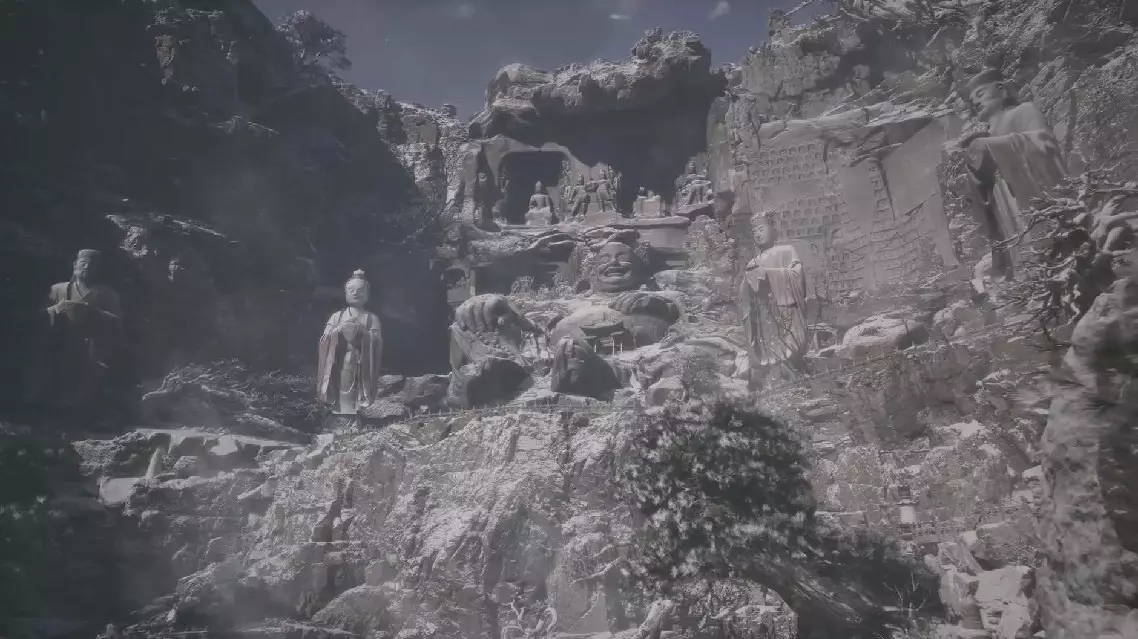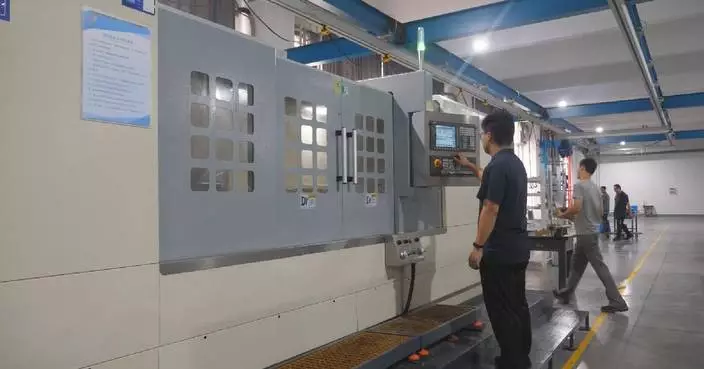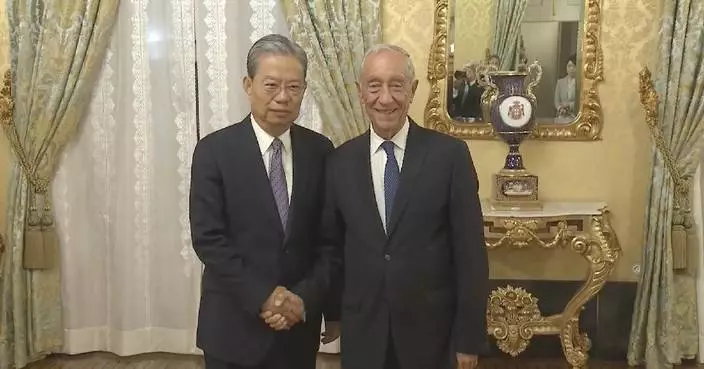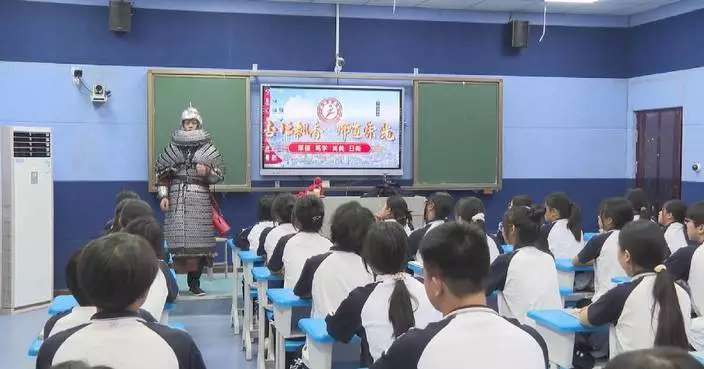The hit video game "Black Myth: Wukong", which weaves traditional Chinese cultural elements into its gameplay, has ignited a growing interest in ancient Chinese architecture and cultural relics among gamers both home and abroad.
This action role-playing game, based on Chinese mythology, has not only impressed players with its gameplay but also sparked a broader interest in cultural heritage through its faithful recreation of historical landmarks.
"Any creation must always have a solid foundation. This particular game, heavily reliant on China's historical heritage, shines particularly bright with the inclusion of Shanxi's cultural treasures," said Su Dan, deputy director of the Chinese Tradition Culture Museum.
The game showcases 36 iconic landmarks across China, with 27 of them located in north China's Shanxi Province. Many of these locations such as the Yungang Grottoes, a UNESCO World Heritage site featuring over 50,000 stone Buddhist sculptures, and Foguang Temple, the largest and most well-preserved existing wooden structure from the Tang Dynasty (618-907) in China, have been faithfully recreated based on real-world scans.
"These architecture, murals, and hanging sculptures are breathtaking. Its painted sculptures are particularly remarkable—delicate yet subtle. Sculptures at the Yuhuang Temple have exaggerated movements and expressions, vividly portraying the characters of the Twenty-Eight Constellations," explained Su.
"Foguang Temple, where simplicity reigns, has painted sculptures and murals that are lively – with the large Dougong structures giving the overall architecture a majestic appearance. Xiaoxitian is strikingly mystical with its complex layers of reliefs, creating a transcendental space within the physical world," he continued.
Many international players said that they learn about the cultural roots of the Chinese Monkey King through this video game.
"Journey to the West", the classic 16th-century novel on which the game is based, is now trending on social media.
The game closely follows the novel's storyline, which tells the tale of Sun Wukong, a monkey born from a stone who finally got the essence of Tao/Dao, a philosophical concept in China. The track of the relics in the game closely follows the storyline.
"Through tourism or gaming, the experience engaging with relics is more immediate. In such cases, individual players become participants in this meticulously crafted environment," said Su.
The enthusiasm for "Black Myth: Wukong" has spilled over from the virtual realm into the real world. According to travel platform Qunar.com, as of Wednesday, searches for Taiyuan, the capital of Shanxi, have surged by 10 percent since last week, with overall search volume in August for Shanxi increasing 1.2 times compared to July.
"Black Myth: Wukong", launched on Tuesday, has been embraced by both Chinese and overseas gamers.
Data show that the game, which was launched at 10:00 on Tuesday, saw its sales top over 4.5 million copies globally by 20:00 the same day, generating over 1.5 billion yuan (about 211 million U.S. dollars) in revenue. Wednesday evening saw nearly 2.36 million concurrent players globally, marking the second-best result of all time on the platform.
Developed by Hangzhou-based Game Science, the video game is now available on platforms including Steam, Play Station 5, Epic Games Store and Tencent WeGame.

Ancient relics shine in trending video game "Black Myth: Wukong"









